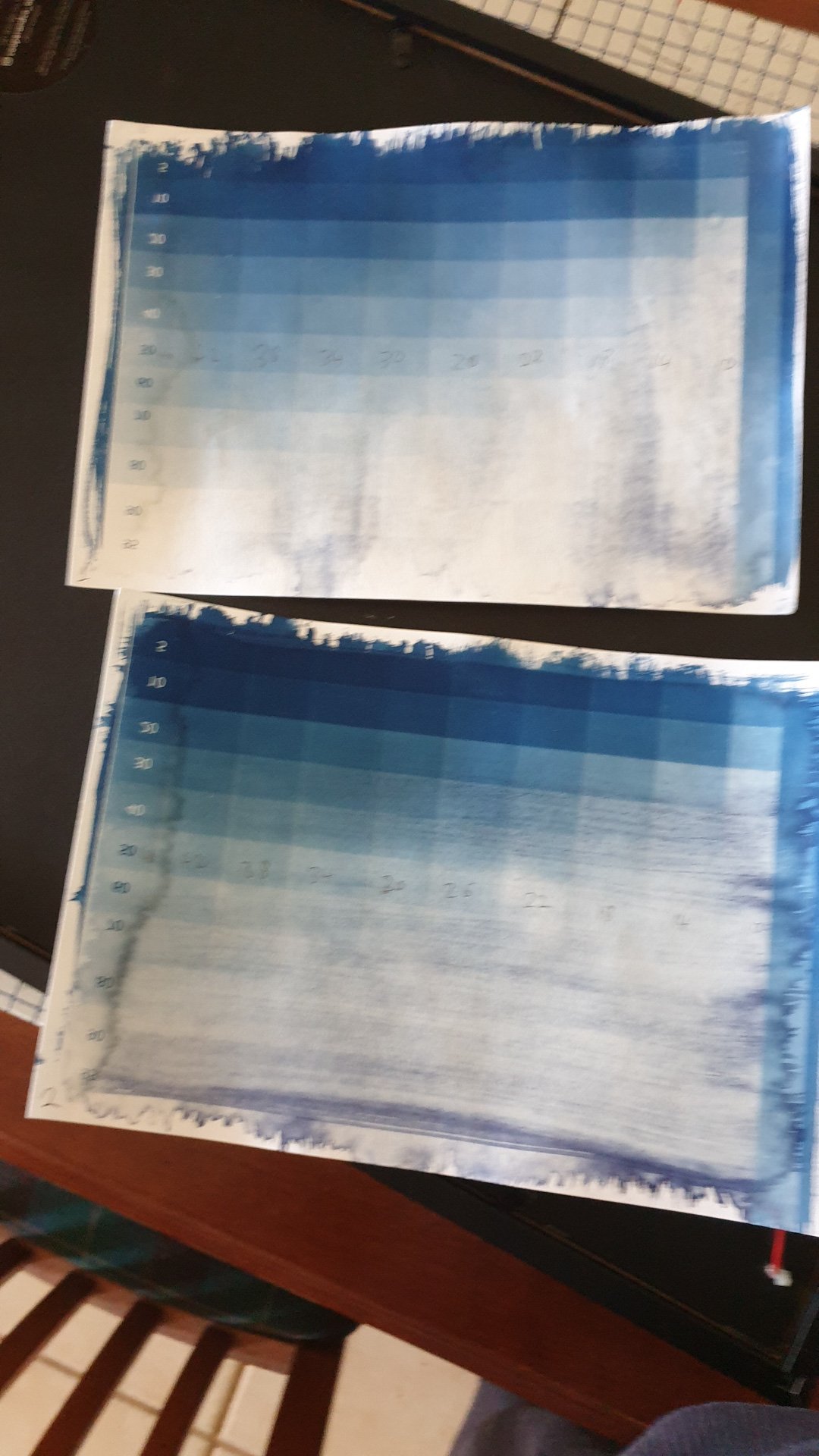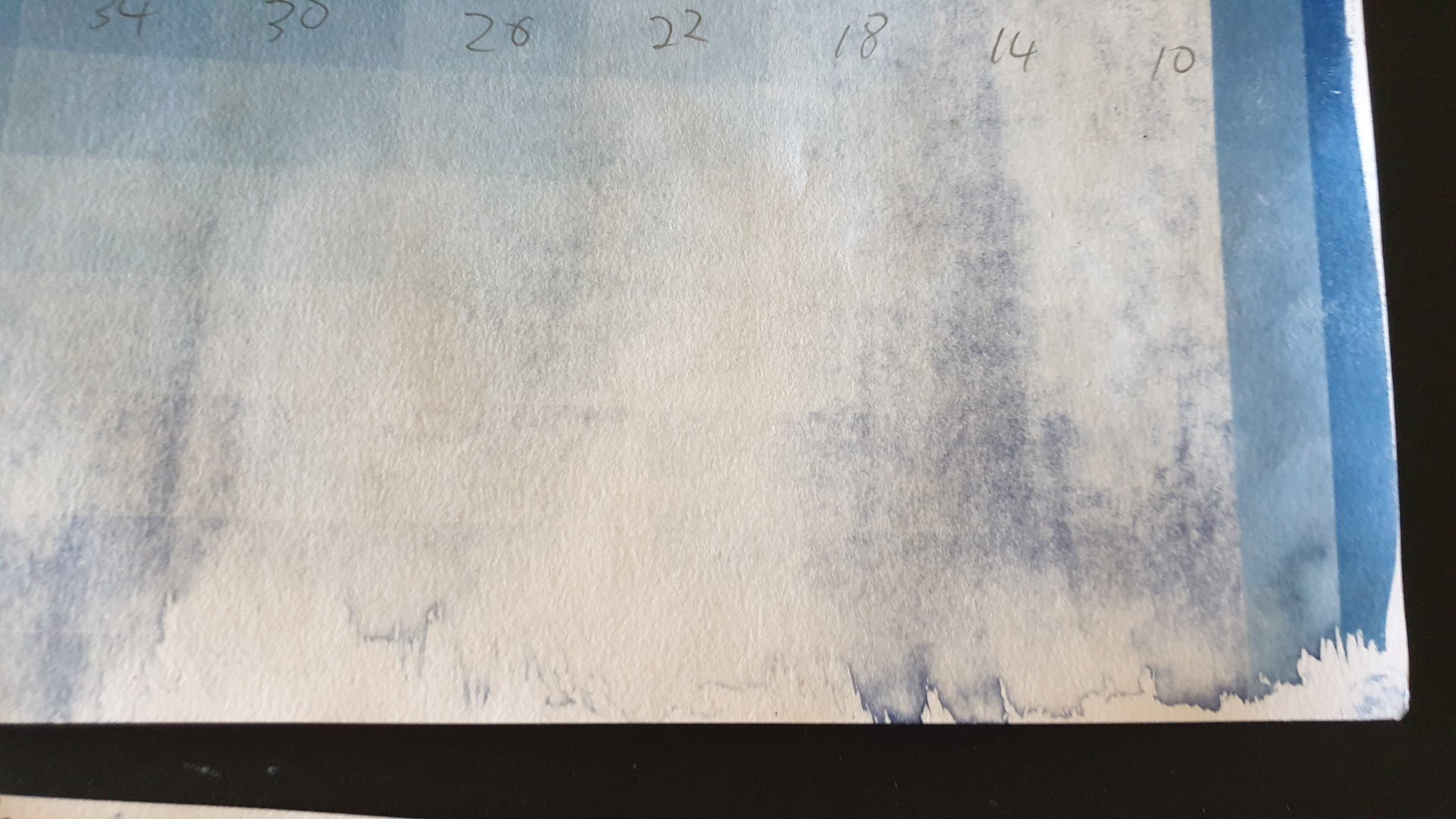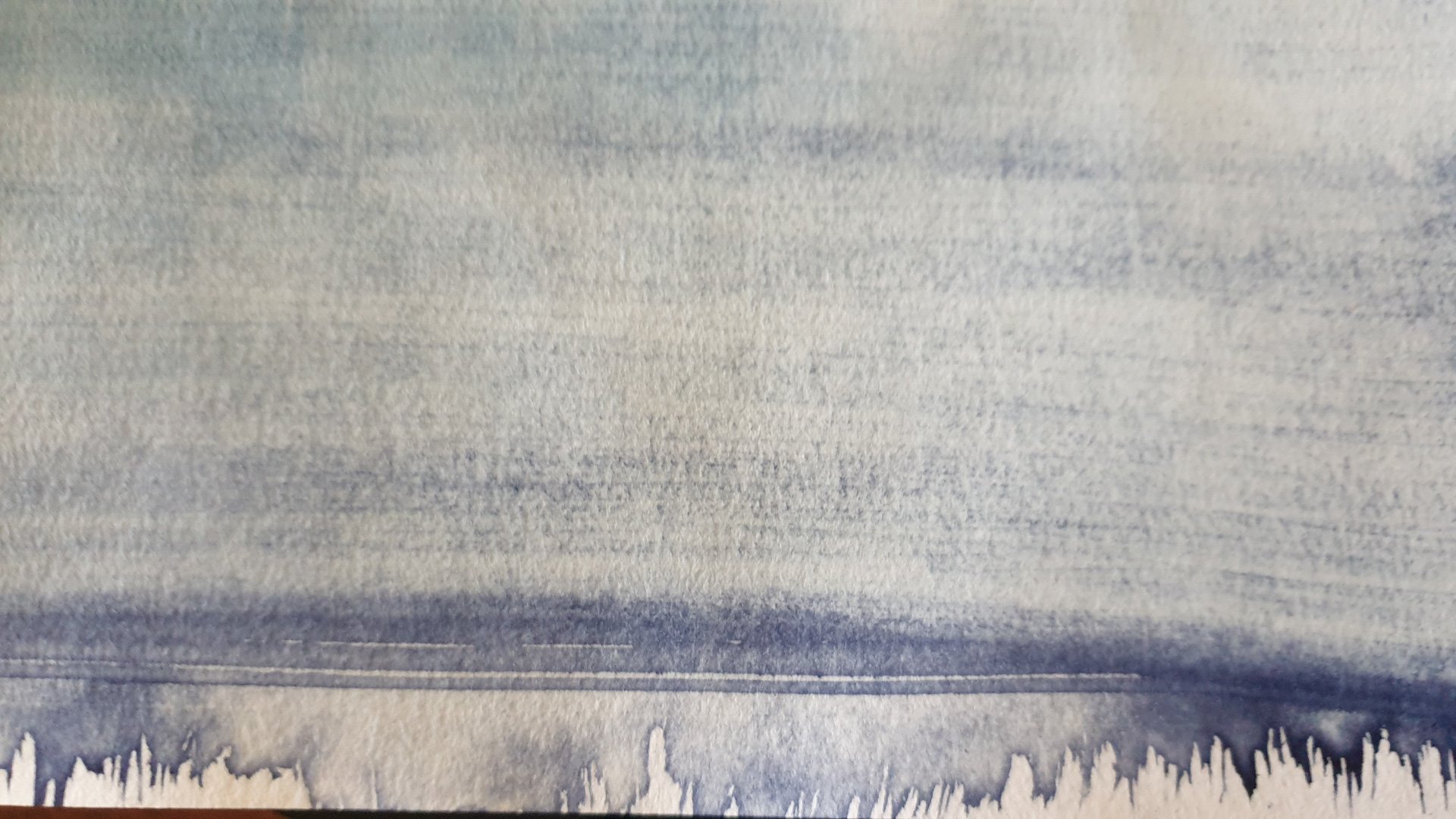Two steps forward… Two steps back…
Despite the world I managed to get some work done yesterday! First off the book mockup is done and I’ve got feedback, so the first draft should be finished within the next two weeks with the proper sizing (thanks to a budget increase) and working on implementing and experimenting with the feedback.
Speaking of sizing, I may have noted that my physical mock-ups were a little on the small side, due to only being able to print out in A4 and not wanting to eat the costs on large prints just yet, however part of working large is meaning you need to see how text and image layouts work at the proper 1:1 scale. Unfortunately I’m still broke as shit so I don’t want to waste money on good quality big printing until I’ve got a better handle on things, so a handy printing tool is using overlaying to get a rough approximation.
Wooden peg for size reference.
On the plus side I’m happy with the text and font sizing from rough guestimating, but I’m not happy with how far up the page the images are. Once again it was a guestimate so I’m not beating myself over it too much, but I definitely will change that before I get it ready to print.
That being said I had some… interesting issues with my cyanotypes.
I printed a better test negative to work so I coated a bunch of paper on Monday night to do some tests Tuesday… and life got in the way (long story but needless to say I wasn’t in the mood Tues/Wed). I finally pull the paper out last night and to my surprise it had already started to turn blue despite being in a box under a sink. I tired it anyway and the stain just stayed around and I had started to figure out what went wrong.
My first thought was that I contaminated my emulsion parts, which I discounted as I never opened both bottles together so I definitely didn’t do anything like swap the caps; it’s a practice I’ve do whenever I’ve worked with two part chemicals in the past with no issue. This noticed this was a problem when I tried multiple coats with this emulsion, or least after I left it to touch dry before coating more, so I figured it had to be a chemical reaction and yet it never happened on the single coat before. Then it hit me… the goddamn brush.
So a funny thing about this emulsion stuff is that it tends to stick around long after you think it’s gone, my lecturer Shaireen sternly tells us to wash the paper for 20 minutes despite the instructions saying 5—10 for this reason. Now I’m not a dunce when it comes to washing brushes so I definitely gave it a good washing until it went clear, and dutifully set it aside to dry… where it was left to be exposed to daylight. So I put it in a small container of water and left it a soak, and sure enough a bunch of yellow emulsion came out into solution (facepalm).
You can even see the blue staining!
If I hadn’t considered how the emulsion would affect the brush bristles on my chip brush but if I just kept it unexposed to light this probably wouldn’t have happened, and since I don’t have a dedicated black room this is something I’ll have to incorporate into my routine from here forward… with a different brush of course. No idea if this brush would be usable with paint going forward, it’s definitely impregnated and would likely leave traces in certain colours.
All experimentation is a good lesson if you know what went wrong, and even the ruined prints are still useful and I’ll do another series of tests with the other ruined paper and can use the wasted stuff for working with staining and bleaching as well.
S





